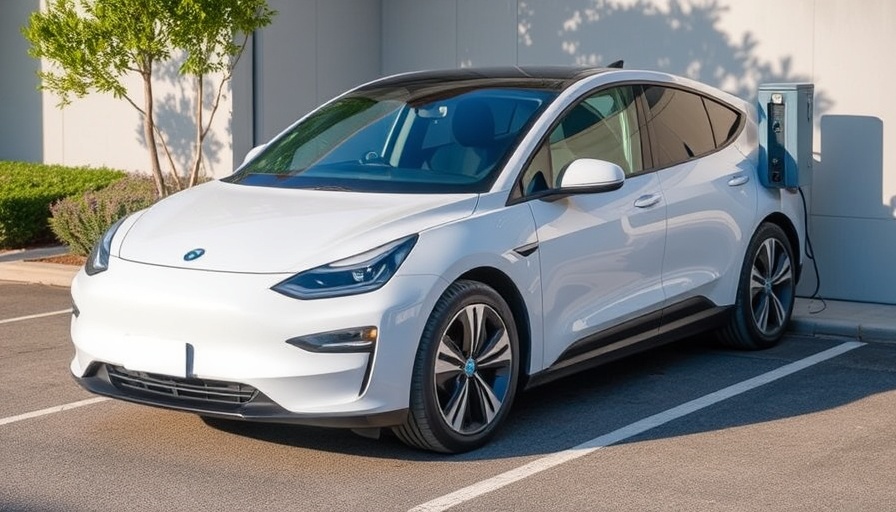
Electric Vehicle Sales Maintain Steady Growth in Australia
In September 2025, Australia saw a consistent growth in electric vehicle (EV) sales, maintaining a robust 15.7% market share of overall new car sales, as more than 11,500 battery electric vehicles (BEVs) and nearly 4,500 plug-in hybrid electrics (PHEVs) were sold. These numbers indicate a significant moment for sustainable transportation in the country, with BEVs alone achieving an approximate 8% market share this year.
The Dominance of Chinese Brands
China's influence on the Australian EV market is unmistakable, with its manufacturers now accounting for nearly 80% of BEV sales in the country. BYD and MG have emerged as key players, indicating a shift in market dynamics away from traditional automotive giants. The presence of the BYD Sealion 7 in the top ten best-selling models—a notable SUV option—underlines the growing acceptance of Chinese EVs by Australian consumers.
Infrastructure Needs Highlighted
Despite positive sales, industry leaders like Tony Weber, chief executive of the Federal Chamber of Automotive Industries, point out a crucial issue: the lack of adequate charging infrastructure. While EV adoption is gaining traction, better and more extensive charging options are needed to ensure continued growth and consumer confidence. This embrace of EV technology should coincide with a commitment to improve charging networks across urban and suburban landscapes.
The Role of Competitive Pricing
Price competition in the market is motivating more consumers to consider electric alternatives. Hyundai's abrupt shift to reduce EV prices reflects the growing pressure to remain competitive against the influx of affordable Chinese models. The recent pricing adjustments are likely to benefit consumers substantially, making EVs a more accessible option.
What the Future Holds for Australia’s EV Market
The future outlook appears promising, as experts predict an impending explosion of electric vehicle options in the Australian market. With the expected launch of affordable models like the BYD Seagull—projected to be priced around AU$25,000—it seems poised to attract first-time EV buyers, further breaking into markets that have shown hesitance thus far.
Regional Shift Towards Electric
Reports highlight regional shifts towards electric models, as evidenced by rising sales of vehicles like the Tesla Model Y, which was the third best-selling vehicle. This growing trend underscores the transition towards sustainability that contractors and builders, aimed at achieving eco-friendly projects, should wholeheartedly support, aligning with the country's wider emissions reduction goals.
Actionable Insights for Contractors and Builders
As the market evolves, contractors and builders can leverage the rising demand for EVs by incorporating sustainable practices in their projects. Opportunities exist not only in integrating EV-friendly features, such as charging stations in developments but also by ensuring that their building materials are sourced sustainably. Engaging with suppliers who prioritize green processes can bolster the image and marketability of their projects, appealing to an increasingly eco-conscious customer base.
In summary, the Australian EV market is at a pivotal point, showcasing the potential for growth and transformation in the automotive landscape. By embracing sustainable practices and adjusting to market dynamics, contractors and builders can become frontrunners in the green movement, ultimately leading the charge towards a more sustainable future for Australia.
 Add Row
Add Row  Add
Add 




Write A Comment